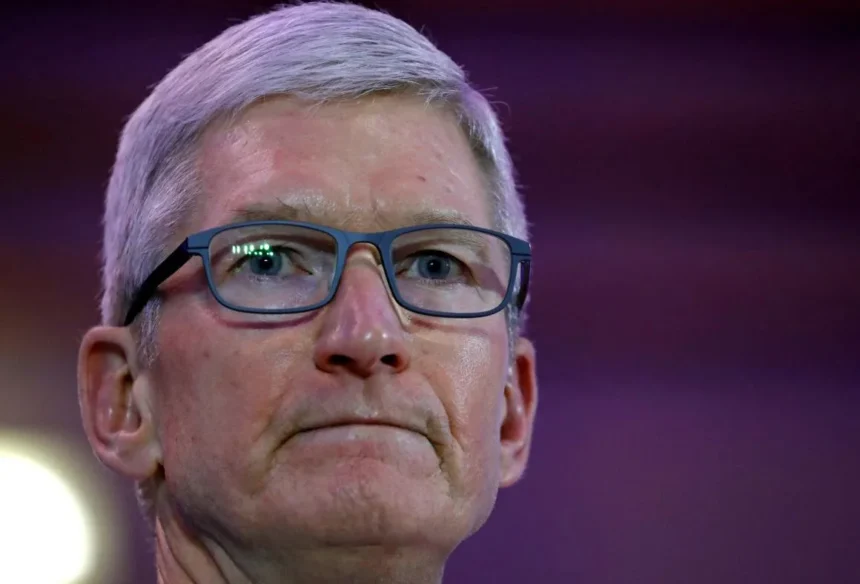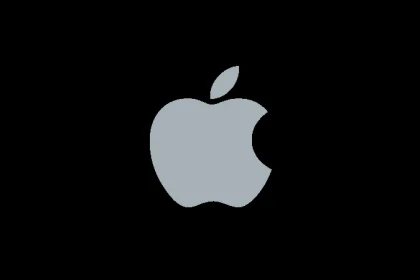CEO Tim Cook gave investors a glimpse into how new U.S. tariffs and the ongoing trade war are affecting the world’s most valuable company.
While the impact so far has been manageable, with an added $900 million in costs this quarter alone, the uncertainty ahead is making Wall Street nervous. Apple’s stock slid 4% in after-hours trading following the call.
Cook stayed vague on long-term predictions, calling the situation “fluid,” and avoided offering specifics on how future tariffs might affect Apple’s bottom line. Still, he stressed that Apple would continue to make “thoughtful, deliberate decisions” to adapt.
To stay ahead of the tariffs, Apple has started adjusting where it builds and ships some of its most popular products.
Most iPhones sold in the U.S. this quarter will come from India, while devices like Macs and iPads are increasingly being routed through Vietnam, both countries where tariffs are significantly lower than in China.
Having everything in one location had too much risk with it,” Cook said, referencing China, where much of Apple’s manufacturing has long been concentrated.
Despite the setbacks, Apple’s numbers for the March quarter were solid. Revenue hit $95.4 billion, up 5% from the same period last year, with profits matching that growth at $24.8 billion. Sales in the U.S. were particularly strong, rising 8% to $40.3 billion.
However, things looked a little different in China. Revenue there dipped 2% to $16 billion, though Cook pointed out that without currency fluctuations, sales were flat. With trade tensions high and consumers leaning local, that’s a better-than-expected result.
The big question on everyone’s mind was whether tariffs and the broader economic climate would dampen consumer appetite for pricey Apple devices. Cook didn’t see signs of that yet and brushed off speculation that customers were panic-buying ahead of potential price hikes.
What’s clear is that Apple is walking a tightrope. While it’s investing heavily in U.S. manufacturing, including a $500 billion commitment over four years, the reality is that rebuilding a domestic supply chain for consumer electronics would be slow, expensive, and unlikely to match the efficiency of overseas partners anytime soon.
In the meantime, Apple is doing what it does best: adjusting, quietly, and on its own terms.





